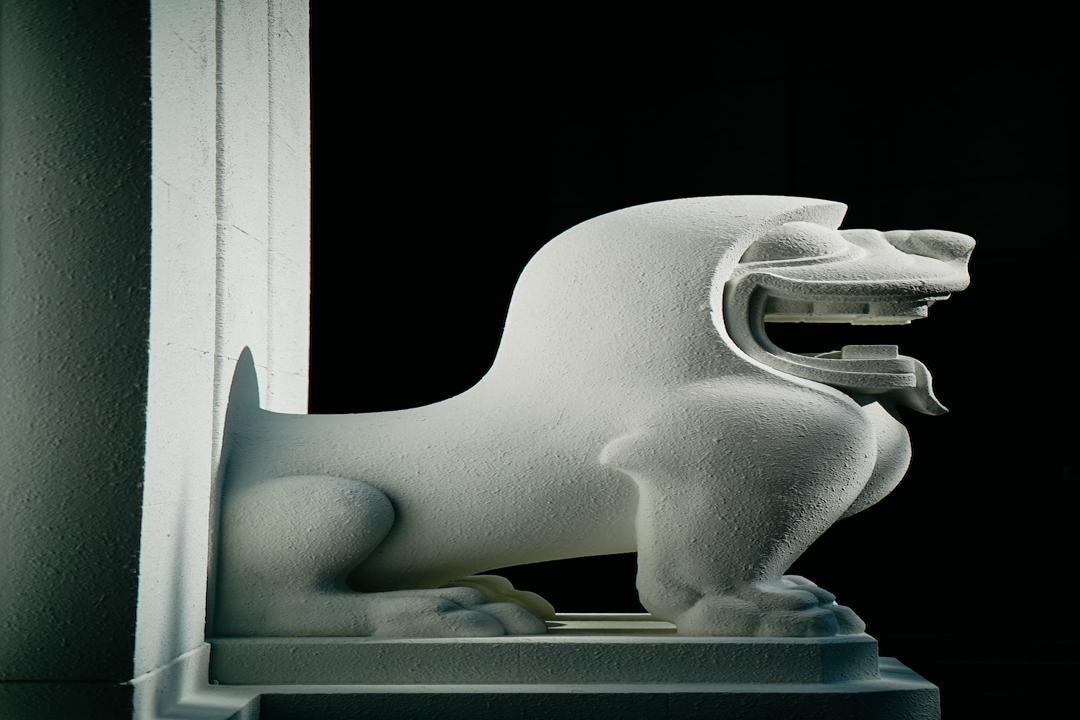In recent times, Restaking has become one of the important narratives in the Layer2 track, but Karak, with its luxury investment background in the Middle East, seems to be an exception. The role played by the Risk Harbor team behind Karak in the Terra crash has raised continuous doubts in the community.
(Background:
In-depth exploration of the “Restaking Ecology” using EigenLayer to change revenue generation methods.
)
(Supplementary background:
Coinbase report: Restaking will become an important cornerstone of Ethereum, but it hides many risks..
)
Recently, the Restaking track has become an important narrative in the Layer2 track. From Eigenlayer’s TVL rapidly surpassing $10 billion, to Ether.fi surpassing $3 billion, it has sparked a strong response in the market.
Restaking projects have also become the focus of market attention, but Karak with its luxury investment lineup seems to be an exception.
Karak is a popular type of milk tea in the Middle East, and its name highlights its regional background. In December 2023, Karak announced a Series A financing of $48 million with a valuation of over $1 billion. The funding was led by Lightspeed Venture Partners, with participation from Mubadala Capital, Pantera Capital, Framework Ventures, Bain Capital Ventures, Digital Currency Group, Coinbase, Proof Group, Nima Capital, Naval Ravikant, and other institutions.
Mubadala Capital is the second-largest fund in Abu Dhabi, and the other investors are mostly well-known investment institutions in the traditional and crypto circles. However, it is worth mentioning that Nima Capital sold a large amount of its tokens and real estate holdings last year, which raised suspicions in the community of a “rug” incident.
On February 28th, Karak announced the launch of an early access program where users can restake and earn XP points on Karak. However, the response was mediocre. On April 8th, Karak opened private channels, and as of April 9th, Karak’s TVL total was $100 million. This TVL level does not seem to match its luxurious endorsements, and there are continuous questioning voices on social media.
According to the official introduction, Karak is a universal restaking network that, similar to projects like Eigenlayer, uses a points-based mechanism to incentivize users to restake and earn multiple rewards. Currently, Karak supports restaking of various mainstream protocol assets on the Ethereum mainnet, Arbitrum (L2), K2 (L2), and other networks. Its team members come from Coinbase, Google, AWS, Microsoft, Twitter, Goldman Sachs, and other companies.
Currently, Karak has a TVL of approximately $100 million, which is a huge difference compared to EigenLayer ($13 billion) and ether.fi ($3 billion) TVL. On the one hand, this may be due to Karak still being in the early access program stage. But the more likely reason is the community’s many doubts about the background of the project.
According to a Twitter KOL named IAN (@cryptoian), the team behind Karak is from Risk Harbor, a risk insurance service provider in the Terra ecosystem. The project previously ranked second in TVL volume in the Terra ecosystem and suffered heavy losses in the Terra crash. Twitter user @RayRaspberry1 also stated that the team embezzled 200 million UST tokens (worth $7 million) from the community during the process of exiting Terra.
Karak’s CSO (Chief Strategy Officer) Victor Cheng responded to this on Twitter, stating that the funds were collateral for the Risk Harbor Foundation granted by the Terra Foundation, worth $1 billion. After the UST collapse, to prevent further losses, the Risk Harbor Foundation sold $6 million worth of UST from the original allocation. These funds are currently designated for the insurance fund of the initial revaluation fee pool.
Perhaps to dissociate from past controversies, Risk Harbor has been renamed Andalusia Labs. Andalusia Labs has launched three products: Karak (Layer2 network), Subsea (digital asset risk management market, formerly Risk Harbor), and Watchtower (digital asset institutional security platform).
However, this response does not seem to completely dispel the community’s doubts about Karak. One user commented:
As of now, Karak’s Telegram channel has about 5,700 members, which does not seem to match the tens of millions of financing. In addition, detailed information about the usage plan of the platform’s XP points has not been announced. If Karak wants to increase TVL, the first step may be to eliminate the “PR crisis.”
Related reports:
Understanding “Restaking” 100%: Risks and Countermeasures
PENDLE price surge analysis: Ethereum restaking still hot, Ethena (ENA) is involved or not?
Commentary: Is Restaking crypto product “triangular debt or mild inflation”?


